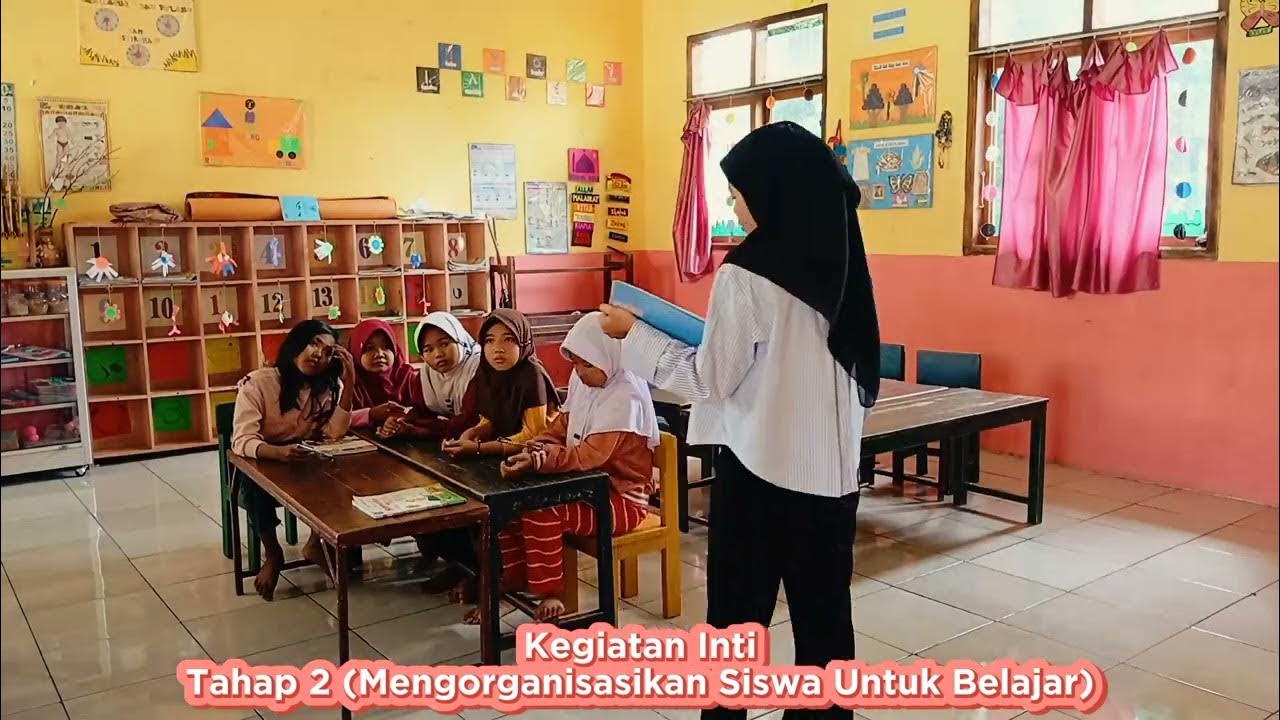Bahasa Inggris Kelas 8 SMP Chapter 4 | halaman 182-189 Kurikulum Merdeka.
Summary
TLDRThis educational video focuses on an 8th-grade English lesson exploring past events and incidents, with a particular emphasis on environmental issues like pollution and flooding. Students engage in activities such as describing pictures, completing dialogues using past tense verbs, and answering questions related to real-life events. The script also includes a listening exercise about the effects of plastic pollution on rivers, alongside grammar exercises to reinforce the past tense. The lesson encourages critical thinking on how trash affects the environment and provides students with practical language skills for discussing past events.
Takeaways
- 😀 The lesson focuses on past events and the use of past tense verbs in English.
- 😀 Students will learn vocabulary related to environmental issues, such as 'plastic trash,' 'floods,' and 'decay.'
- 😀 The lesson uses visual aids to engage students in describing events and objects, including the impact of pollution on rivers.
- 😀 Students will complete sentences with the correct past tense form of verbs, such as 'threw,' 'came,' and 'began.'
- 😀 The importance of addressing environmental issues like pollution and flooding is emphasized throughout the lesson.
- 😀 The script includes an interactive listening activity where students complete sentences based on a dialog about a polluted river.
- 😀 The students are tasked with identifying main ideas and detailed information related to past incidents, focusing on how trash affects the environment.
- 😀 The dialog in the script provides context for learning, discussing how plastic waste is harmful to rivers and causes flooding.
- 😀 Questions based on the script challenge students to recall specific details about the river's condition and the role of plastic waste in its pollution.
- 😀 The script encourages reflection on how students can contribute to reducing pollution and maintaining clean environments.
- 😀 The lesson is structured to be interactive, combining listening, speaking, and comprehension exercises that help students use past tense accurately in context.
Q & A
What is the primary focus of Unit 1 in the English lesson?
-The primary focus of Unit 1 is to discuss past incidents or events, specifically addressing questions like 'Did it rain last night?' and identifying past events in context.
What types of questions should students be able to make after completing Unit 1?
-After completing Unit 1, students should be able to make questions for a short interview about past incidents or events.
What kind of activity is included in the listening section of the lesson?
-The listening section involves a dialogue where Galang and his family are on a bridge, enjoying the view of Sungai Lestari, and students need to complete sentences with the past tense form of verbs.
What environmental issue is highlighted in the script?
-The script highlights environmental issues related to plastic pollution in rivers, causing the rivers to become dirty and leading to floods in nearby towns.
What are some examples of trash seen in the pictures discussed in the lesson?
-Some examples of trash seen in the pictures include plastic bottles, plastic bags, and cans.
How does the script explain the impact of plastic on the environment?
-The script explains that plastic does not decay easily, and its accumulation in rivers leads to pollution and environmental problems such as floods.
What is the significance of the river's cleanliness in the dialogue between Galang and his family?
-The significance of the river's cleanliness is that it was much cleaner when the narrator (Galang’s parent) was younger, and the current pollution is attributed to increased plastic usage and improper waste disposal.
Why did a lot of children swim in Sungai Lestari when it was cleaner?
-A lot of children swam in Sungai Lestari because the river was clean at that time, making it a safe place for swimming and playing.
What does the dialogue suggest as one of the causes of river pollution?
-One of the causes of river pollution is people throwing their trash into the river, particularly plastic waste, which does not decay easily.
What can be concluded about the relationship between plastic trash and flooding?
-The plastic trash causes various environmental problems, including contributing to floods in nearby towns, as mentioned in the dialogue.
Outlines

Cette section est réservée aux utilisateurs payants. Améliorez votre compte pour accéder à cette section.
Améliorer maintenantMindmap

Cette section est réservée aux utilisateurs payants. Améliorez votre compte pour accéder à cette section.
Améliorer maintenantKeywords

Cette section est réservée aux utilisateurs payants. Améliorez votre compte pour accéder à cette section.
Améliorer maintenantHighlights

Cette section est réservée aux utilisateurs payants. Améliorez votre compte pour accéder à cette section.
Améliorer maintenantTranscripts

Cette section est réservée aux utilisateurs payants. Améliorez votre compte pour accéder à cette section.
Améliorer maintenantVoir Plus de Vidéos Connexes

ENGLISH FOR NUSANTARA KELAS 8 - CHAPTER 4 NO LITTERING - UNIT 1 - DID IT RAIN LAST NIGHT?

Kurikulum Merdeka Bahasa Inggris Kelas 8 Chapter 1: Celebrating Independence Day

Bahasa Arab Kelas 9 Semester 2, Bab 6 الحفاظ علي البيئة Kegiatan 1, Mufrodat dan Qira'ah

Kurikulum Merdeka Bahasa Inggris Kelas 8 Chapter 0: The Beginning

STEM : Praktikum Pembuatan Infografis Gagasan Masalah Lingkungan

Tugas Akhir Semester Mata Kuliah Model Pembelajaran SD : Bahasa Indonesia Kelas 6 SD
5.0 / 5 (0 votes)
